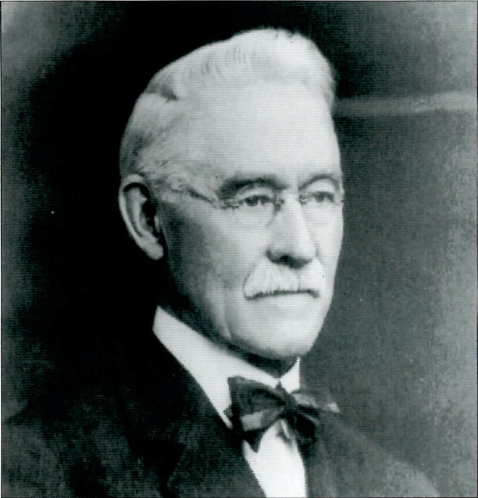Engineers here gathered to form the RESadapted from "A Century of Engineering in Rochester", the centennial anniversary of the RES (1997) THE BEGINNING
|
hOME OF THE RES!180 Linden Oaks, Suite 100 | Administrative Director Jessie Cocquyt Copyright © Rochester Engineering Society |

 Promoting and Celebrating Engineering in Rochester
Promoting and Celebrating Engineering in Rochester  Edwin A. Fisher, Rochester City Engineer, was one of the founders of the Rochester Engineering Society, and its first president. Photo is circa 1897.
Edwin A. Fisher, Rochester City Engineer, was one of the founders of the Rochester Engineering Society, and its first president. Photo is circa 1897.